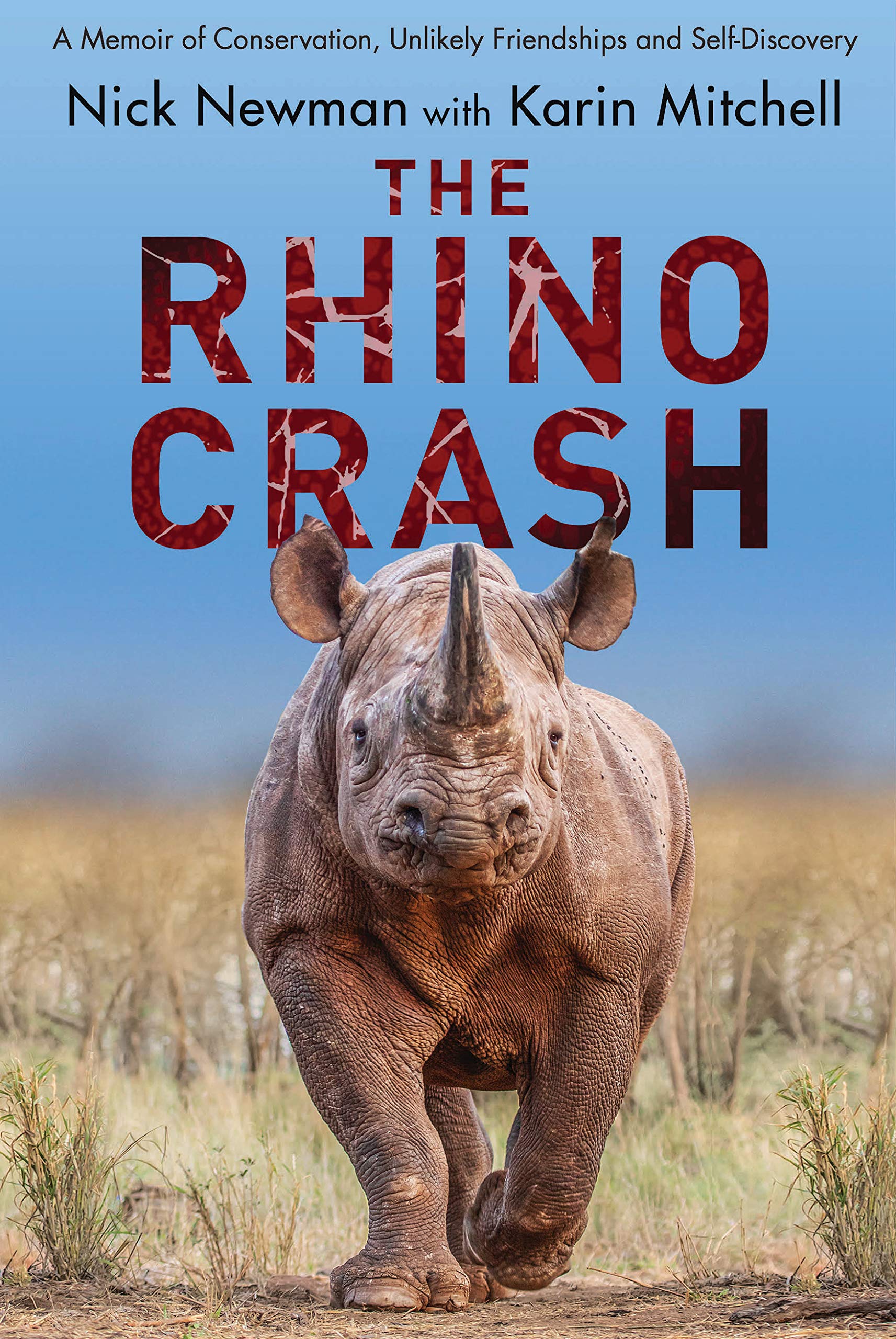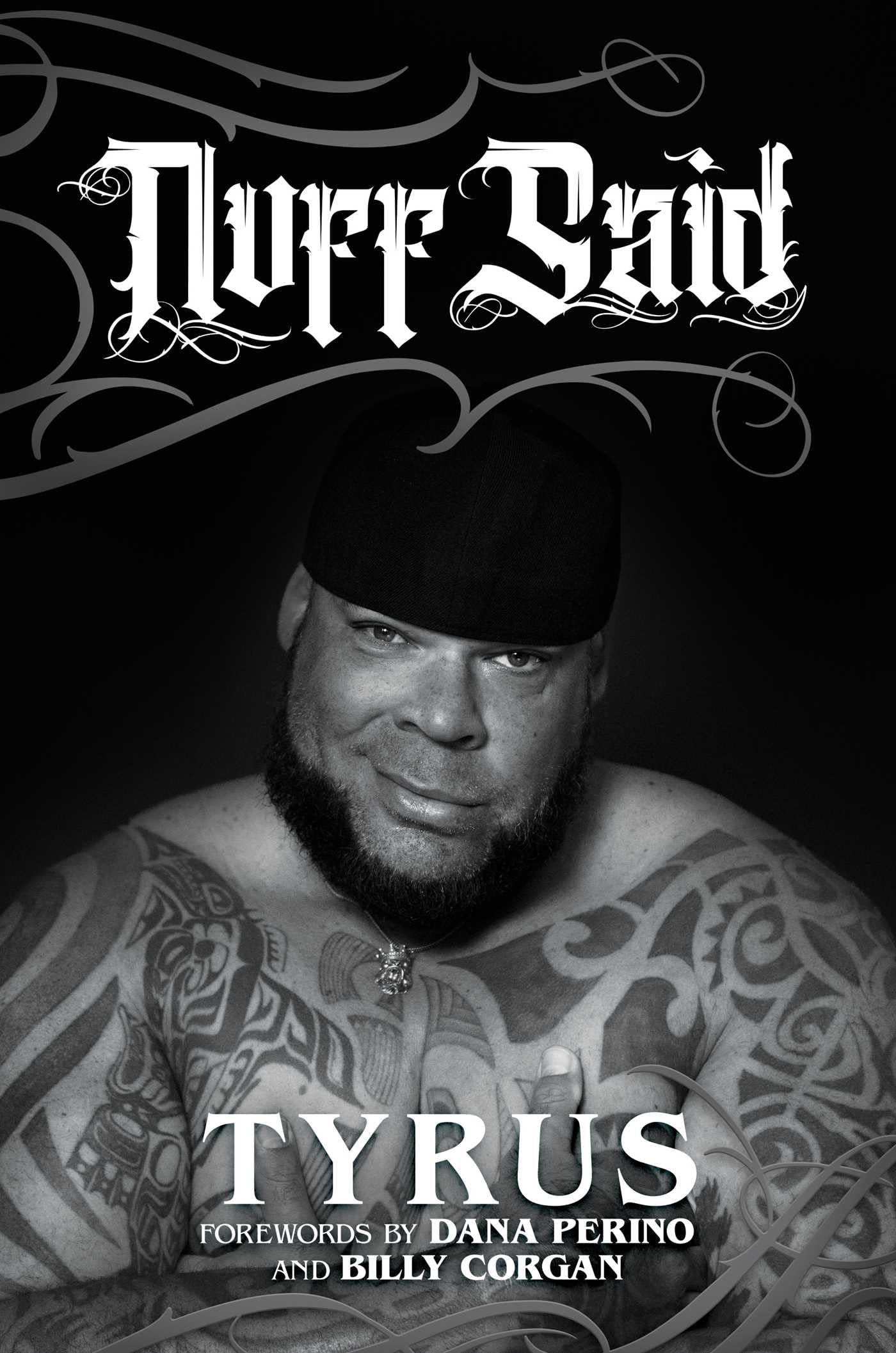
The Rhino Crash
Book Description
When a mysterious crash rocks a quiet safari park, chaos erupts as a desperate race unfolds to uncover the truth behind a stolen rhino horn. Allies become enemies, and pasts are unearthed as suspicions mount among the park's staff and wildlife activists. Hearts pound in a high-stakes mission that intertwines love, betrayal, and a fierce fight for survival against a backdrop of endangered wildlife. Time is running out, and every moment counts. Will justice prevail before it's too late, or will greed triumph in a world teetering on the edge of destruction?
Quick Book Summary
In "The Rhino Crash" by Nick Newman, the tranquility of a remote African safari park is shattered when a valuable rhino horn disappears under suspicious circumstances. The theft sparks a tense investigation among park staff, conservationists, and local authorities, as old secrets and simmering rivalries come to the surface. The narrative blends personal memoir with scientific insights into rhino biology and the illegal wildlife trade, providing an intimate look at the complexities of protecting endangered species. As relationships are tested and the stakes rise, the book exposes the moral gray areas and emotional turmoil faced by those on the front lines of conservation. Ultimately, "The Rhino Crash" is a gripping tale of justice, greed, and the precarious balance between humanity and nature.
Summary of Key Ideas
Table of Contents
The Complexity of Wildlife Conservation
The story begins with a traumatic event: the sudden theft of a rhino horn from a beloved animal residing within a secluded safari park. The incident draws immediate attention from park management, local law enforcement, and passionate wildlife activists. Tensions run high, as suspicion falls not only on outsiders but also on the staff themselves, who share a close-knit yet complex rapport. The author, drawing from memoir-style storytelling, recounts how this seemingly isolated crime upends the daily workings and spirit of the park.
Motivations Behind Poaching and Greed
As the investigation unfolds, the narrative delves into the heart of wildlife conservation. The book highlights the challenges facing rhino populations and the relentless pressure from poachers who fuel a lucrative black market. Newman provides scientific context about rhinos, their ecological role, and the importance of preserving genetic diversity. He also explores the sophisticated tactics used by poachers, illuminating the constant battle waged by conservationists to stay one step ahead in an escalating arms race.
Trust, Betrayal, and Human Relationships
Amid the race to recover the stolen horn, personal relationships are pushed to the brink. Old loyalties are tested as allies become adversaries, and secrets once buried emerge. The author examines the social dynamics of the park staff, portraying how desperation, suspicion, and past hurts can fracture once-united teams. These human stories run parallel to the broader ethical questions surrounding wildlife trafficking, as Newman probes the motivations driving both protectors and exploiters of nature.
The Human-Wildlife Connection
A major theme of the memoir is the deep, emotional bond between humans and animals. Newman shares moments of connection, grief, and awe experienced with the park’s rhinos, illustrating how these magnificent creatures inspire both devotion and heartbreak. By incorporating anecdotes and reflections, the book underscores the psychological toll such crimes inflict on those who have dedicated their lives to animal welfare. This section offers a poignant exploration of what drives individuals to persist in the face of loss and adversity.
Justice and Survival in a Fragile Ecosystem
The book climaxes with a tense showdown, where justice hangs in the balance. As the truth is revealed and perpetrators are unmasked, the narrative forces the reader to confront the limitations and triumphs of conservation efforts. Newman concludes by reflecting on the ongoing battle against wildlife crime, emphasizing the importance of cooperation, resilience, and hope. The memoir ends with a sober, heartfelt call to action, urging readers to recognize their own role in the struggle to protect the planet’s most vulnerable creatures.
Download This Summary
Get a free PDF of this summary instantly — no email required.





